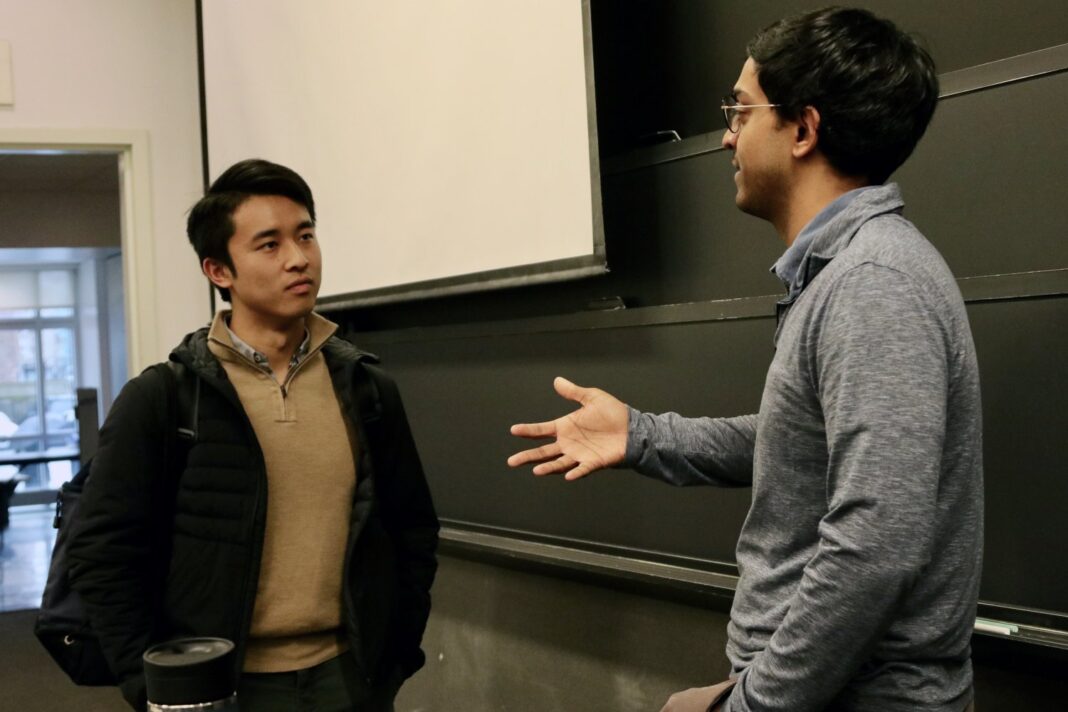In Short:
A new MIT economics course, Class 14.163, is exploring the use of algorithms and behavioral science to improve decision-making in areas like criminal justice and consumer lending. Co-taught by professors Ashesh Rambachan and Sendhil Mullainathan, the course aims to understand people better and improve society through better decisions. It emphasizes using machine learning tools to reduce bias and produce better outcomes, offering students a cross-disciplinary approach to problem-solving.
MIT Launches New Course Exploring Behavioral Economics and Algorithms
A new MIT economics course, Class 14.163 (Algorithms and Behavioral Science), is delving into the potential of using algorithms to enhance decision-making in various critical areas. Co-taught by assistant professor of economics Ashesh Rambachan and visiting lecturer Sendhil Mullainathan, the course focuses on behavioral economics and the impact of cognitive capacities and limitations on human decision-making.
Key Focus Areas of the Course
The course aims to combine scientific exploration with practical applications to improve decision-making processes. By integrating computer science, artificial intelligence (AI), economics, and machine learning, students are exposed to new tools that can enhance outcomes and reduce bias in decision-making.
Utilizing Machine Learning Tools
Students are taught to use machine learning tools to better understand their mechanisms, apply behavioral economics insights effectively, and identify areas where combining both disciplines can yield the most fruitful results.
By leveraging emerging technologies like AI, machine learning, and large language models (LLMs), there is a potential to transform practices in criminal justice, healthcare, and other sectors, leading to more equitable and efficient outcomes.
Addressing Subjectivity and Bias
Professor Rambachan emphasizes the importance of recognizing biases and limitations inherent in decision-making processes. By understanding behavioral economics, students can discern how algorithms influence outcomes and work towards developing more unbiased systems.
Impacting Social Systems
Integrating AI with traditional economic tools has the potential to revolutionize how leaders make decisions in various institutions. By fostering interdisciplinary approaches, the course aims to equip students with the skills to navigate the complexities of human judgment, algorithms, and AI.
Enthusiastic Endorsement
Economics doctoral student Jimmy Lin commends the course for broadening his understanding of the intersection between AI and economics. He highlights the importance of adopting a forward-thinking approach to research that can inspire new ideas and advancements in these rapidly evolving fields.
Promoting Innovation and Collaboration
The course encourages students to explore novel applications of AI and fosters a collaborative environment for producing cutting-edge research with real-world implications. By bridging the gap between economics, computer science, and machine learning, the course envisions a future where automated decision-making can optimize outcomes.
In conclusion, the course advocates for the development of algorithms that can enhance decision-making processes while minimizing biases and inefficiencies. By embracing the interdisciplinary nature of these fields, students are poised to shape the future of research and innovation across various sectors.





